How to modify polyester?
Published:
2023-02-25
Compared with natural fibers, polyester fibers have shortcomings such as low moisture content, poor air permeability, poor dyeing performance, easy pilling and pilling, and easy contamination. In order to improve these shortcomings, chemical modification and physical deformation methods are adopted. Chemical modification methods include:

Compared with natural fibers, polyester fibers have shortcomings such as low moisture content, poor air permeability, poor dyeing performance, easy pilling and pilling, and easy contamination. In order to improve these shortcomings, chemical modification and physical deformation methods are adopted. Chemical modification methods include:
① Adding monomers or oligomers such as polyethylene glycol with hydrophilic groups for copolymerization can improve the moisture absorption of the fiber;
② Adding monomers with antistatic properties for copolymerization can improve the antistatic and anti fouling properties of the fiber;
③ Adding compounds containing phosphorus, halogen, and antimony to improve the combustion resistance of the fiber;
④ Using polyester with a lower degree of polymerization for spinning to improve anti pilling ability;
⑤ Copolymerization with monomers with dye friendly groups (such as sulfonates) to improve the dyeing performance of fibers.
After physical deformation, there are various special-shaped polyester fibers, composite spinning with other polymers, colored polyester fibers, fine denier polyester fibers, and high shrinkage polyester fibers.
Related news

